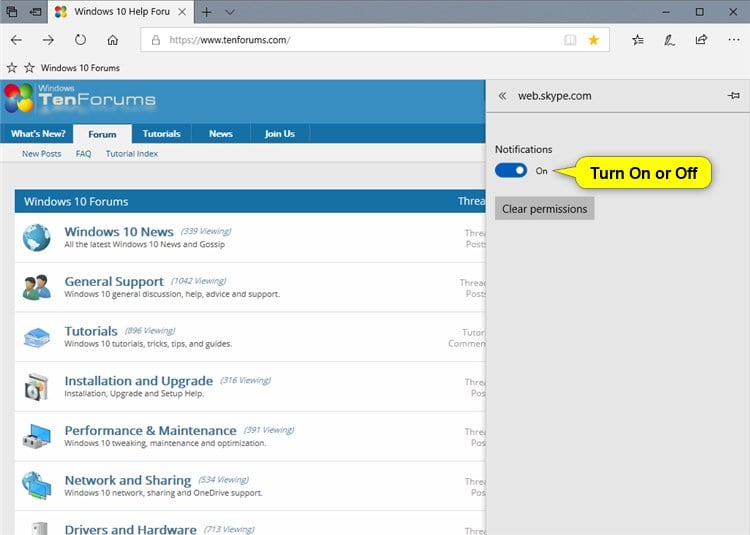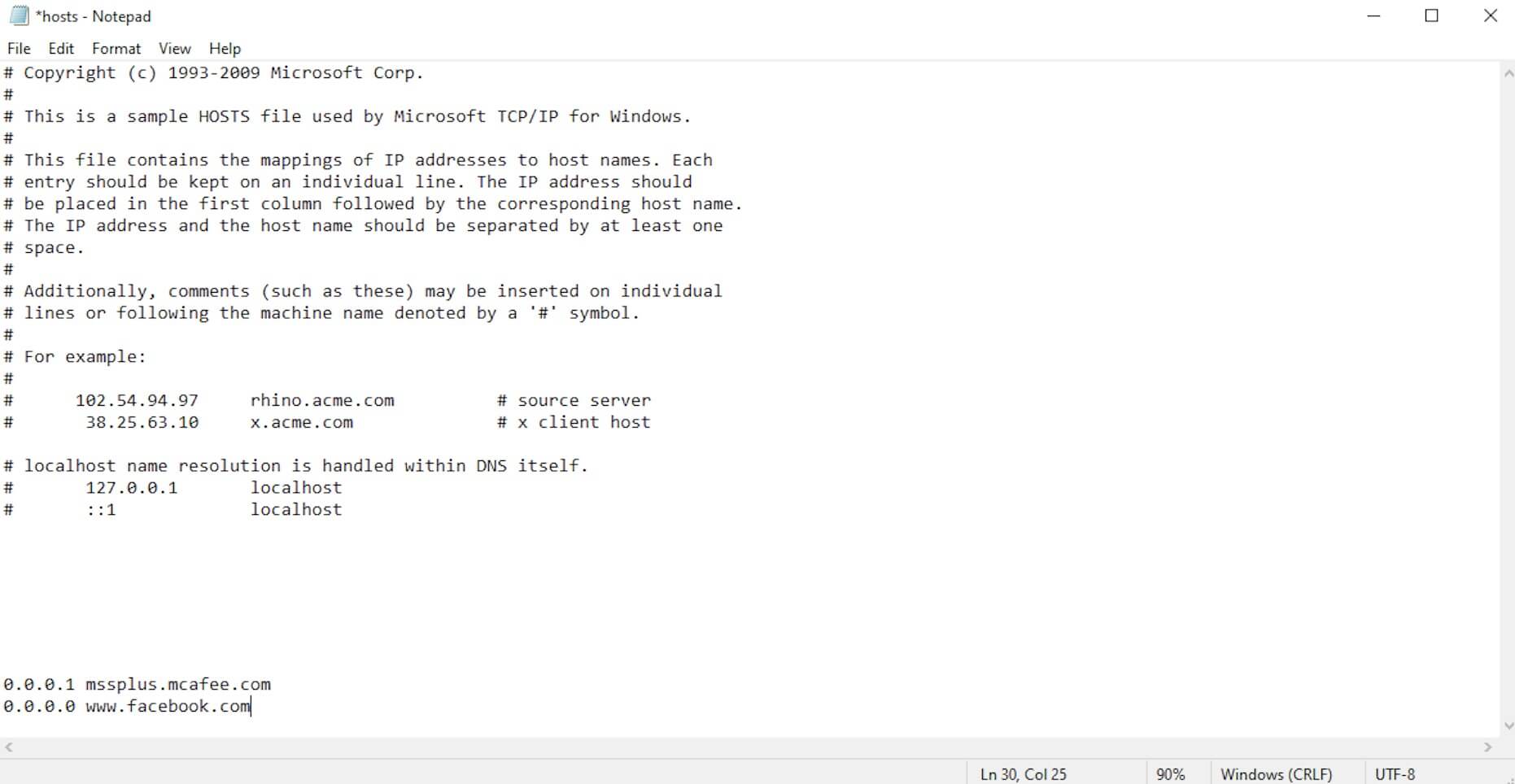
For example, if users are accessing files on a network share by using the share's IP address. In some cases, users will also see the message if the file is from a location within your intranet that’s not identified as being trusted. The Learn More button goes to an article for end users and information workers that contains information about the security risk of bad actors using macros, safe practices to prevent phishing and malware, and instructions on how to enable these macros (if absolutely needed). With this change, when users open a file that came from the internet, such as an email attachment, and that file contains macros, the following message will be displayed: Therefore, to help improve security in Office, we’re changing the default behavior of Office applications to block macros in files from the internet. Note: if the website uses HTTP or HTTPS, you can specify with the following: *://domain.VBA macros are a common way for malicious actors to gain access to deploy malware and ransomware. SOFTWARE\Policies\Mozilla\Firefox\WebsiteFilter\Exceptions To "Allow" URL use the following registry key: Registry Location:

SOFTWARE\Policies\Mozilla\Firefox\WebsiteFilter\Block To "Block" all URL's within "Mozilla Firefox" use the following registry key: Registry Location:

HKEY_CURRENT_USER\SOFTWARE\Policies\Google\Chrome\URLAllowlist To "Block" within "Chrome" use the following registry key: To "Block" file access within "Chrome" use the following registry key: HKEY_CURRENT_USER\SOFTWARE\Policies\Google\Chrome\URLBlocklist To "Block" all URL's within " Chrome" use the following registry key: Multiple links can be allowed by adding another registry key:

To "Allow" URL use the following registry key:

HKEY_CURRENT_USER\Software\Policies\Microsoft\Edge\URLBlocklist To "Block" all URL's within " Edge Chromium," use the following registry key:


 0 kommentar(er)
0 kommentar(er)
